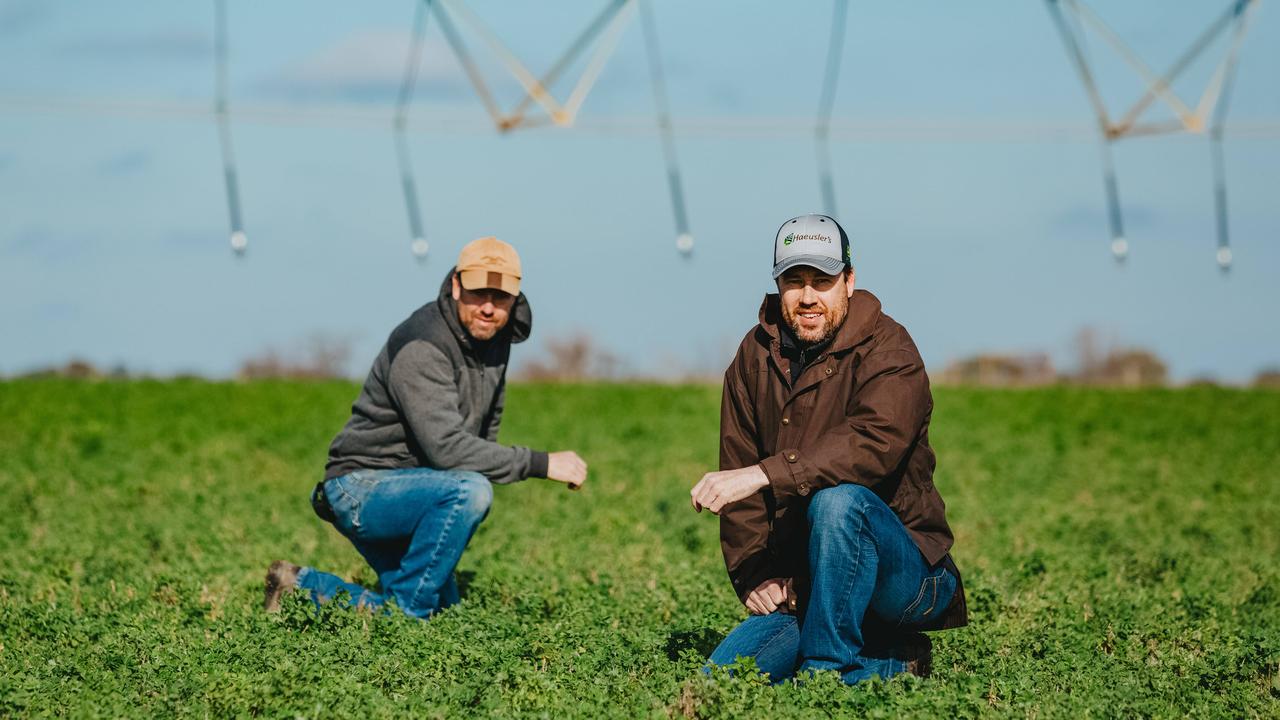How to get started in free-range egg production
FREE-range egg production can be rewarding — whether it’s a lifestyle choice or diversifying an existing farm business. ZOE RISTROM explains how to get started in chooks.

ACCORDING to national organisation Egg Farmers of Australia, 98 per cent of egg farms are family owned and operated — such as Gippsland producer Glorious Googies and NSW operator BumNuts Australia, which have both had a crack at free-range production and prospered.
Xavier Prime is no different.
He set out just 12 months ago with 200 birds. Now Xavier’s free-range egg business Chooks at the Rooke has grown beyond expectation.
“It has really taken off. I’m at the stage now where there’s 2000 chooks, when I had hoped I’d double each year for the first five years,” Xavier says.
After buying in to his family’s 64-hectare farm at Cororooke, near Colac, Xavier was looking for an income to complement their cow and calf operation and integrate an existing wetland.
“It was about stepping back and looking at other approaches to the wetland and living with nature, in a way,” he says.
The cattle graze three days in front of the birds.
“The cows graze the grass to a more optimal height for the chooks to forage,” he says. “They raise the cow pats and spread it to fertilise more square inches of land — mimicking nature.”
Xavier’s advice to anyone considering entering the industry is to “have your numbers sorted”.
“Make sure they add up and you consider all aspects of how an egg is produced — nest box training, diet, cost of feed. There are a lot of variable and time-consuming aspects ... but when you have your system down pat, it can be rewarding and satisfying.”
Poultry expert and independent consultant Michael Sommerlad is passionate about the topic; his life’s work dedicated to the poultry industry. Now based in Warwick, Queensland, Michael says the pasture-raised system is “quite complex”.
“I want people to go into this with their eyes open, but not confused,” he says.
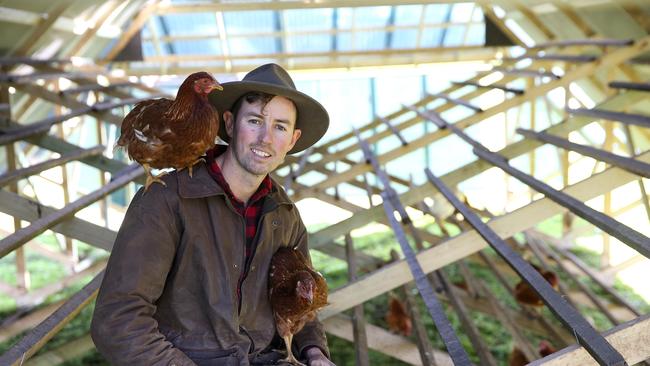
Biosecurity
Biosecurity is essential in free-range production, due to the nature of grazing, bird movement and contact.
“If people want to go free range, they need to be aware of what they’re exposing themselves to and their obligations,” Michael says.
The National Farm Biosecurity Manual for Egg Production provides a minimum set of biosecurity standards and principles.
Producers with flocks of 100 or more birds must apply for a Property Identification Code through Agriculture Victoria.

Market
Guarantee a market for your product, before you start producing eggs, says Lawrie Coutts, technical service manager at Specialised Breeders Australia.
“It’s very important to have a market first,” he says. “Keep in mind that if you go down the road of commercial production — even if it’s only 500 birds — you will need a home for those eggs. They’ll multiply rapidly.”
Xavier attests to this, saying his biggest lesson was ensuring a secure customer base.
“Spread your output over multiple customers and don’t put all your eggs in one basket,” he says.
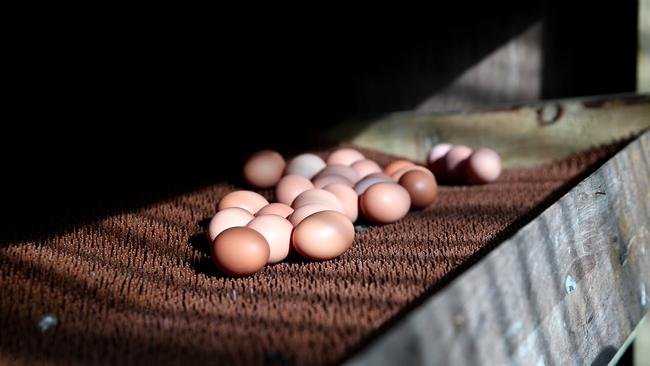
Production
Source a reliable supply of quality pullets from the get-go.
“There are lots of people out there selling birds and some people do a better job than others,” Michael says. “It’s critical to understand the type of bird and how well they’ve been reared. If they aren’t reared well — particularly when they’re little — then you can’t expect them to perform.”
As hens lay in cycles, Michael recommends a business model that incorporates four flocks.
“Introduced roughly every 13 weeks, ensures you have an equal supply (of eggs) throughout the year. Start with the first, then grow to the second,” Michael says. “Consistency of supply to your consumer is an obligation ... short supply is the quickest way to go out of business.”
Begin with started pullets — hens that are 15-22 weeks old — for ease of management.
“They’re usually $12-13 each for 16-week-old birds and will start laying at around 19-20 weeks of age, which means farmers don’t have to worry about rearing birds,” Lawrie says.
Egg production begins to decline as a hen ages. Consider where you will re-home your birds by the time they reach about 80 weeks old.
“Producers tend to sell off older birds as backyard chooks, as production becomes less profitable,” Lawrie says.
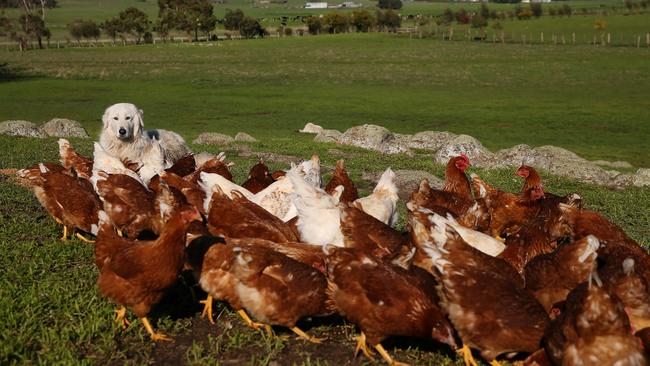
Nutrition
While free-range birds roam and forage on pasture, it’s not a case of set and forget. Along with access to cool, clean water, pasture management is essential to a healthy flock. This means monitoring stocking density, using a rotational grazing system and supplementary feeding.
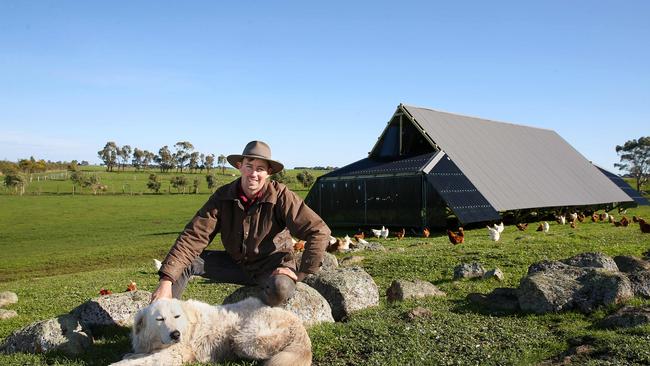
Housing
Whether you build from scratch, adapt a caravan or buy a ready-made model, consider basic requirements such as nesting boxes, ventilated perching room and an area to provide water and supplementary feed.
Mick Lea from Leghorn Industries designs and manufactures portable sheds.
“There are varying factors when choosing your shed and different states have different laws,” Mick says. “Our sheds don’t have floors, so birds are free to come and go as they please. When birds aren’t locked in, they’re not overheating.”
Leghorn Industries’ sheds are customisable; from LED lighting to encourage new layers into their nesting boxes, through to the Colorbond colour scheme.
“Our bigger sheds come with 1000 litres of on-board water storage, out of direct sunlight,” Mick says. “You need to consider labour costs too — you don’t want to top up water every day.”
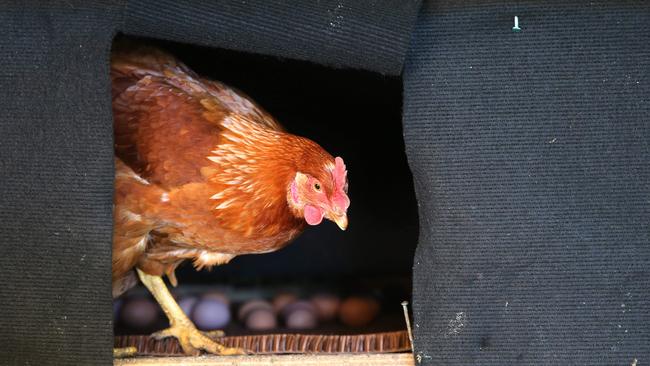
Become an Eggspert
Mick’s advice to anyone thinking about entering the industry is “do your homework”.
“Contact people who are already doing it and don’t be afraid to pay a consultant to get real advice,” he says. “I find some people go into it with rose-coloured glasses — they don’t know the facts — the chickens turn up and they panic about the work involved.”
Standards and Guidelines
All free-range egg producers in Australia are bound by a national information standard under consumer law.
In order to claim “free range”, producers must comply with a stocking density of 10,000 hens or less per hectare and that outdoor stocking density must be prominently displayed on packaging or signage. Hens must also have access to an outdoor range during the daylight hours of the laying cycle; and be able to roam and forage outdoors. The ACCC Enforcement Guidance for free-range chicken egg claims is available online.


